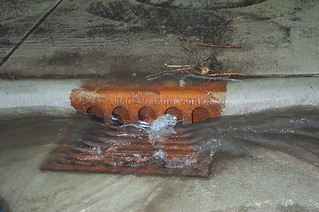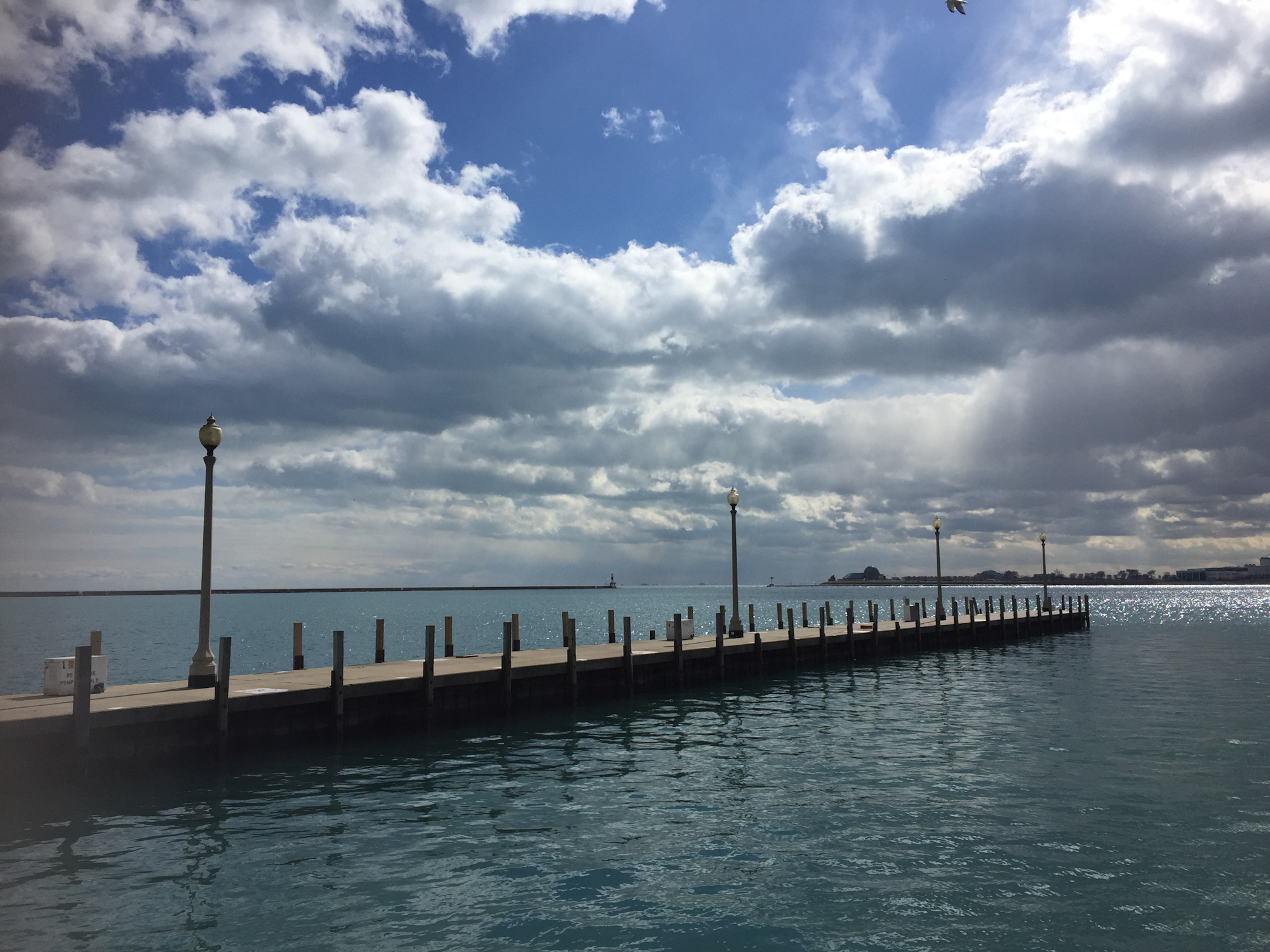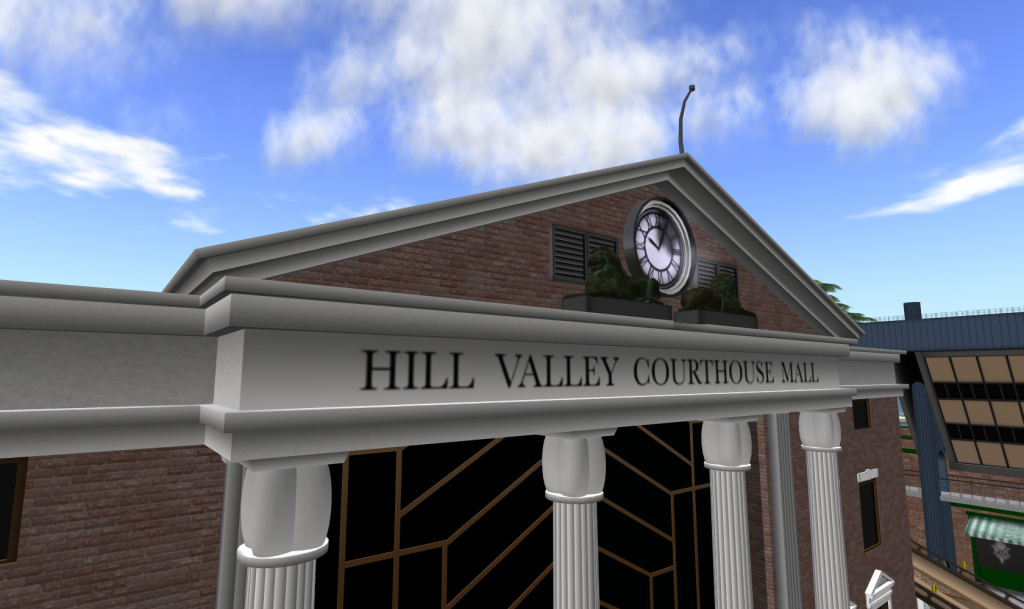 If you live in Illinois, it’s important for you to be aware of a set of recommendations for changes to stormwater regulations in Illinois. Because if the Illinois EPA (IEPA) adopts the recommendations as submitted, everyone in Illinois has the potential to be financially impacted by their implementation. And even though these recommendations have the potential to significantly increase costs to the majority of people in Illinois, few people were even aware they were being developed. Unfortunately, these regulations are complicated and comprehensive so I’ve created a general summary in this post with a more detailed look at the recommendations in the next post (draft of that post). I encourage you to at least read through this post because, if implemented, this will impact everyone living or doing business in Illinois. It is very important to know and understand what is being considered.
If you live in Illinois, it’s important for you to be aware of a set of recommendations for changes to stormwater regulations in Illinois. Because if the Illinois EPA (IEPA) adopts the recommendations as submitted, everyone in Illinois has the potential to be financially impacted by their implementation. And even though these recommendations have the potential to significantly increase costs to the majority of people in Illinois, few people were even aware they were being developed. Unfortunately, these regulations are complicated and comprehensive so I’ve created a general summary in this post with a more detailed look at the recommendations in the next post (draft of that post). I encourage you to at least read through this post because, if implemented, this will impact everyone living or doing business in Illinois. It is very important to know and understand what is being considered.
Background
Those of us who work with stormwater design and regulations first found out about the proposed recommendation about a month ago from one of the committee members. He was one of only two engineers who were on the committee with the rest primarily being members of environmental groups. This engineer sent out an email letting us know that it was important for us to attend a public meeting where the draft recommendations were to be released. He also encouraged us to submit comments because while he was able to prevent through his participation on the committee some unreasonable suggestions from making it into the document, there were still significant problems with the proposal. Initially the IEPA was only going to give the public until November 23, 2012, to comment. This date has been extended to November 30, 2012, although it really is still not enough time to adequately inform people about these recommendations and give them time to respond. The link to the IEPA fact sheet with the public meeting announcement, a link to the proposed recommendations, and a suggested comment email you can send are at the bottom of this post.
General summary of the recommendations
The workgroup recommended that sites to be developed in Illinois would be required to retain the first 1.35 inches of rain that falls on the area of impervious surfaces located on the property. The site would not be allowed to release this water off the property at all. An example of this is if you were to build an average size home on an average size lot, you would have to build a stormwater facility on your property to capture and hold approximately 3000 gallons of water (this amount of water fits into a space measuring about 10 feet by 10 feet by 4 feet deep). The design of this facility would have to be done by a licensed professional engineer and the drawings recorded with your building permit. While the recommendations also suggest requiring a licensed engineer to prepare as-builts and certify the facility was constructed as planned and record these drawings with the state and local agencies, the recommendations also indicate a possibility of waiving just the as-built drawing requirement for single family homes. Instead homeowners would be required to self-certify that the facility was built as designed.
However, the workgroup recognized that not all sites might allow the construction of such a facility – for example, in a downtown area. In these cases, property owners would have to provide an off-site mitigation facility.This mitigation site would have to be located somewhere in the same region as the building site.
The other component of the recommendations is the requirement of an operation and maintenance plan. This plan must show how the property owner will maintain and operate the facility for the life of the property and provide for methods to measure and prove the facility is performing as designed. The recommendation is that this plan become a recorded covenant attached to your deed with responsible parties identified in the document. And this plan will be required whether the facility is located on the property or on a mitigation site. The plan must also cover such items as weeding, irrigation, replacement at the end of the facility’s useful life, snow storage, and de-icing practices. A budget for the plan’s implementation must also be included. It is suggested the owner track these costs and submit them to the IEPA on a periodic basis.
The workgroup does not believe any legislation is needed to implement these regulations. Therefore it is suggested the IEPA enforce them through existing programs. This means that most likely local governments will be required by the IEPA to enforce the regulations locally. Because of the lack of staff at most local governments and the amount of inspections and oversight and enforcement required by these recommendations, many governments could be forced to create a stormwater utility or at a minimum raise taxes to their citizens to cover the cost of these regulations.
The other problem for local governments is that these regulations will apply to any project involving impervious surfaces like roads. So state and local governments will have to capture and hold water along roadways. Because there usually is not room to do this along a typical road corridor, the recommendations suggest the purchase of land along roads for these stormwater facilities. This could lead to governments having to secure land from adjacent property owners for this purpose. And in many cases it could lead to the installation and required maintenance of natural plantings and swales along roads in front of homes. The costs for the additional land, design and construction of these facilities, and the perpetual monitoring and maintenance of their performance will significantly increase government expenditures which most likely will be passed along to property owners through taxes or stormwater fees.
General problems with the recommendations
Overall the problems these recommendations could cause are potentially numerous. Below are just a few problems/issues, in addition to those noted above, that might be faced by each of the following groups:
Homeowners: They will have additional costs during construction of anything that will create a hard, nonpermeable surface such as buildings, driveways, pools, patios, etc. They will have a liability attached to their deed naming them as a responsible party for the operation and maintenance of a stormwater facility either located on their property or on someone else’s property if mitigation was needed. They will need to follow their operation and maintenance plan, provide and track the budget for its implementation, and possibly submit this to a governmental agency. Should neighbors complain they are not adequately maintaining their own facility, they could be subject to inspection and possible enforcement and fines by a governmental agency. In addition, if living along a public road, homeowners might be required to sell property to governmental agencies for stormwater facilities. These might include swales with natural plantings located across the frontage of each home.
Business owners/property owners: They will face the same requirements as homeowners except for the additional requirement to submit final as-built drawings that are prepared and certified by a licensed engineer.
Well and septic owners: They could experience changes to groundwater tables and performance depending on facilities constructed for nearby development and roadways. Septic fields could experience greater amounts of water while well owners might find their recharge areas affected by the elimination of natural rainfall. Or wells could experience an increase in water flow and risk the possibility of direct contamination from sources not previously tied into the groundwater in that area.
All citizens and the governments they support: Because government is a property owner, all roads and any linear projects involving nonpermeable surfaces could be subject to these requirements. This means that costs for many projects could rise significantly as additional property must be secured and stormwater facilities constructed. Because all this adds time to the design phase, projects will no longer be implemented in a timely fashion. There is also a good chance that the IEPA will require local governments to enforce these regulation on private property. If so, most local governments do not currently have the resources to do so. This means that there will be a good chance local governments will either have to raise taxes or impose a stormwater fee to pay for the staff and resources needed to monitor, manage, and enforce these requirements.
County Recorders/Realtors/Lawyers/Bankers/Lenders: The recommendations include a requirement to record the operation and maintenance plan as a covenant on the property. This means an additional document to be recorded at the county recorder’s office along with a new document to be recorded each time the responsible party on the plan is changed. This could also become an additional document that must be checked for compliance and accuracy by title companies, banks, mortgage companies, realtors, and lawyers, etc any time a property is sold or refinanced. In addition, because of the problems and potential damages that could result from introducing stormwater into the ground in a manner and at a rate that is not natural for a specific area, there is a potential for increased litigation.
What can I do?
It is important for people to comment on this topic. Otherwise, the recommendations will be submitted to the IEPA as they are currently proposed in the draft document. Below is an email form that can be used to send in your comments to the workgroup. I've included suggested language, but it can be changed by you just by clicking in the message area and editing the words. To submit, just click the send button at the bottom of the email box. At the bottom of this post there is also a share button – make sure to share the post with all your Illinois friends to encourage them to also send in comments:








 With the dawning of a new year I see so many people talking about their resolutions and goals for 2013. Annual goal setting is not really something I've dedicated much time to in the past. Instead, I always seemed to follow a rolling, unwritten list of goals that are separate from the ones I have at work. But this year I felt more compelled to put down in writing a set of professional goals for the year and relate them to a mission statement. Here's why I finally took this step:
With the dawning of a new year I see so many people talking about their resolutions and goals for 2013. Annual goal setting is not really something I've dedicated much time to in the past. Instead, I always seemed to follow a rolling, unwritten list of goals that are separate from the ones I have at work. But this year I felt more compelled to put down in writing a set of professional goals for the year and relate them to a mission statement. Here's why I finally took this step:
